How can we speed up solar and wind energy? Here are some ideas
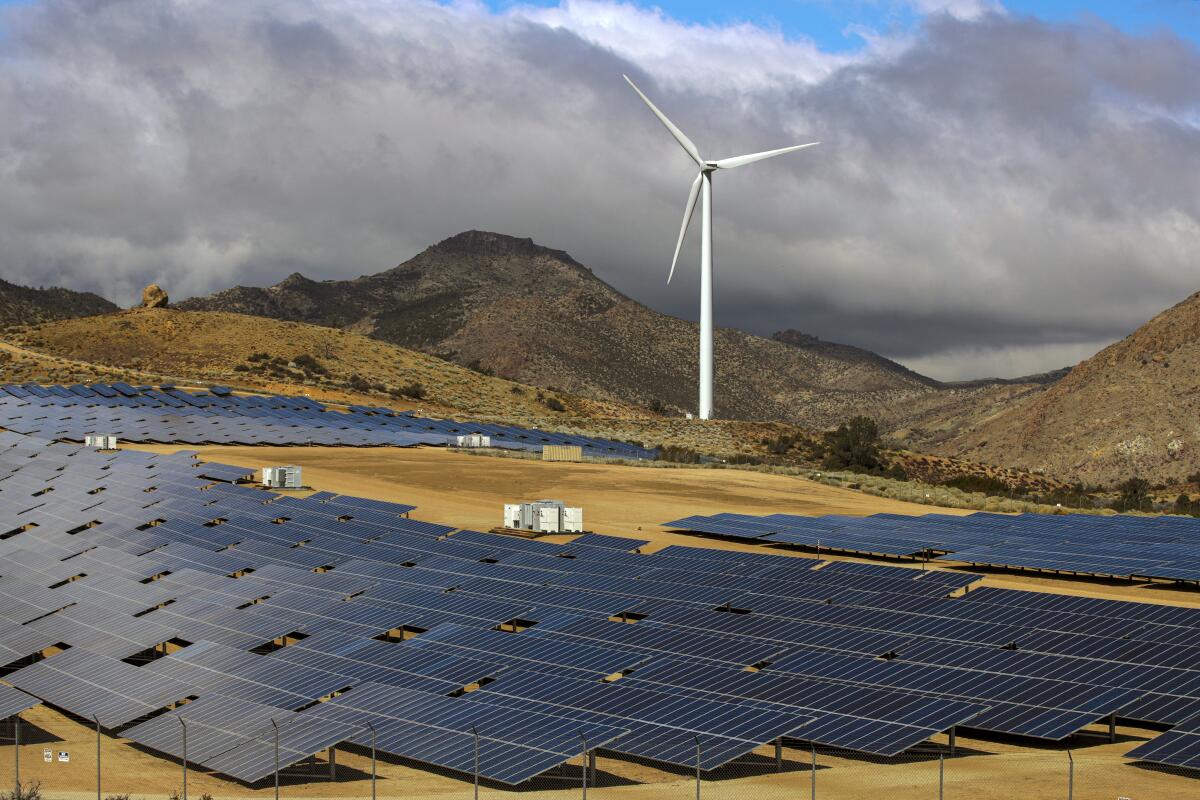
This story originally published in Boiling Point, a newsletter about climate change and the environment. Sign up here to get it in your inbox.
I’ve spent most of the last decade writing about the difficulties of building solar and wind farms in the American West — the potential harm to animals and ecosystems, the growing opposition from rural towns. And part of me is sick of it.
We need to cut planet-warming pollution nearly in half by the end of this decade — seven years from now! — according to the world’s best scientists. How can we start resolving the conflicts that have plagued renewable energy development, rather than just talk about them? What are the specific steps that will allow us to accelerate the phase-out of fossil fuels?
As Shannon Eddy told me, “This is a really thoughtful conversation that we needed to have 20 years ago.”
Eddy runs a solar industry trade group, and she was part of a panel I moderated last month in Boise, Idaho, at the Society of Environmental Journalists’ annual conference. I had organized the panel in an effort to move the conversation forward and help reporters across the country think through one of the biggest obstacles to confronting the climate crisis.
Our discussion didn’t unearth any miraculous solutions. But I did come away feeling at least a tinge of optimism.
Part of my hopefulness came from Tracy Stone-Manning’s evaluation of what can be done to build more clean energy projects on federal lands. Stone-Manning is a top official in President Biden’s Interior Department, where she leads the U.S. Bureau of Land Management. When I asked her how the notoriously slow environmental study process for solar and wind farms can be sped up, she urged Congress to approve Biden’s request to increase funding for her agency’s renewable energy program by 77%.
“The biggest problem is having enough people to do the work,” she said. “[Let’s] get the people who are smart and good at what they do out on the ground doing the analysis on these projects that are stacking up.”
In practice, getting the Republican-controlled House of Representatives to spend an additional $30 million to speed up permitting for clean energy projects may prove difficult. But it may be more feasible than other strategies to encourage faster development, such as controversial proposals to limit environmental reviews by revamping the National Environmental Policy Act.
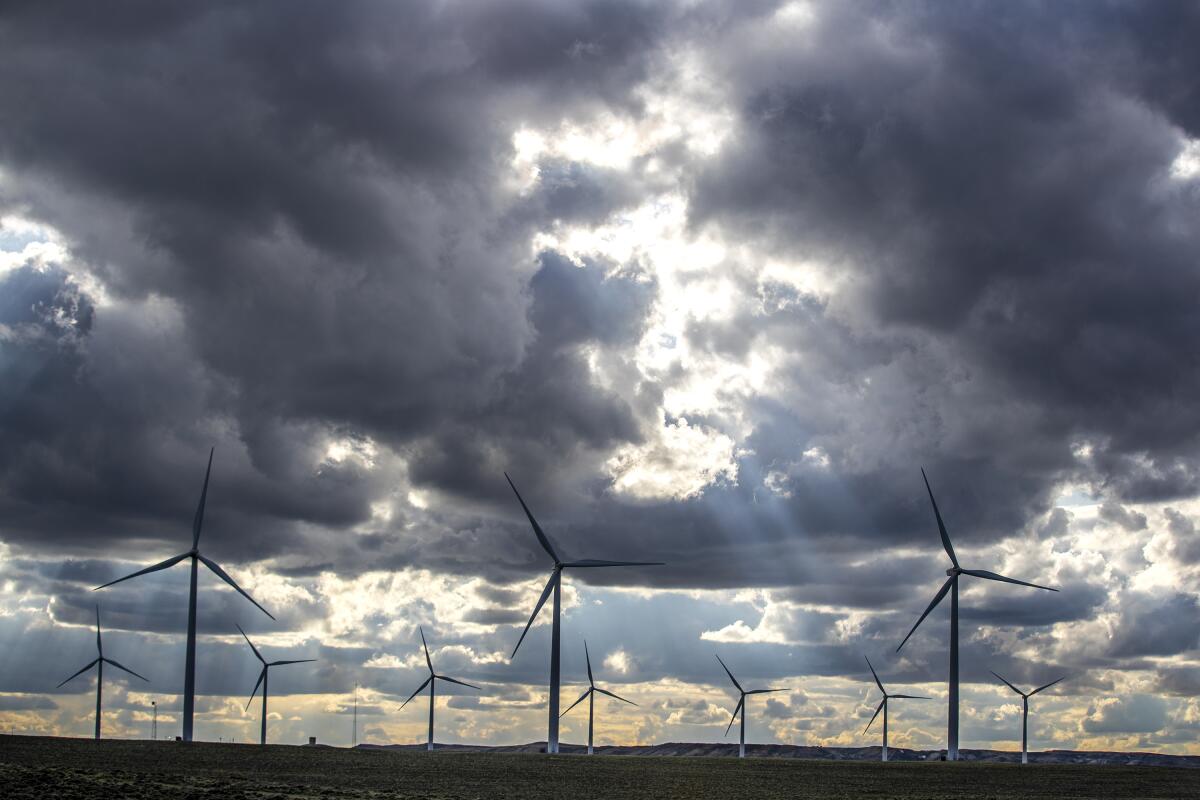
I also asked Stone-Manning about the Biden administration’s efforts to approve 25 gigawatts of climate-friendly energy on public lands by 2025 — a goal set by Congress. It sounds like a lot, but all that renewable power should require somewhere in the range of 150,000 to 250,000 acres, Stone-Manning estimated — just 0.1% of the 245 million acres her agency oversees.
“There is lot of devil in those details,” she said. “But my point is, it’s doable.”
So doable, actually, that I found myself wondering whether 25 gigawatts is far too low a target for federal lands. In California alone, officials see a need for 70 gigawatts of climate-friendly energy over the next decade — and another 50 gigawatts by 2045, not only to replace all the fossil-fueled power plants on the grid today but also to fuel tens of millions of electric vehicles.
Again, Stone-Manning told me, the problem is funding.
“We have 120 projects waiting,” she said. “And they’re waiting because we don’t have people and staff to do the work.”
Even with all the money in the world, though, federal officials would face the tough task of balancing clean energy development with other priorities on public lands — including conservation. Biden has pledged support for the “30 by 30” movement, which seeks to protect 30% of U.S. lands and waters by 2030, with a goal of preserving biodiversity and intact landscapes.
Building lots of solar farms, wind turbines and power lines isn’t necessarily in conflict with “30 by 30.” But doing both — while leaving room for farmers and ranchers, and respecting the sovereignty of Native American tribes — won’t be easy.
Is landscape-level planning the answer?
I usually avoid that term, because it doesn’t exactly roll off the tongue. But the basic idea is that instead of evaluating renewable energy proposals case by case, government agencies should start by studying entire landscapes, and work with conservationists and tribes to map out which places should be protected and which are most suitable for energy development.
That’s what the Obama administration did with the Desert Renewable Energy Conservation Plan, working with California to divvy up 10 million acres of federal land in the desert. And it’s what the Biden administration is doing right now, updating a decade-old plan for solar projects on public lands in six Western states and potentially expanding it to include the rest of the region.
“We can achieve conservation and our climate goals, and employ a very large amount of renewable energy,” Grace Wu says.
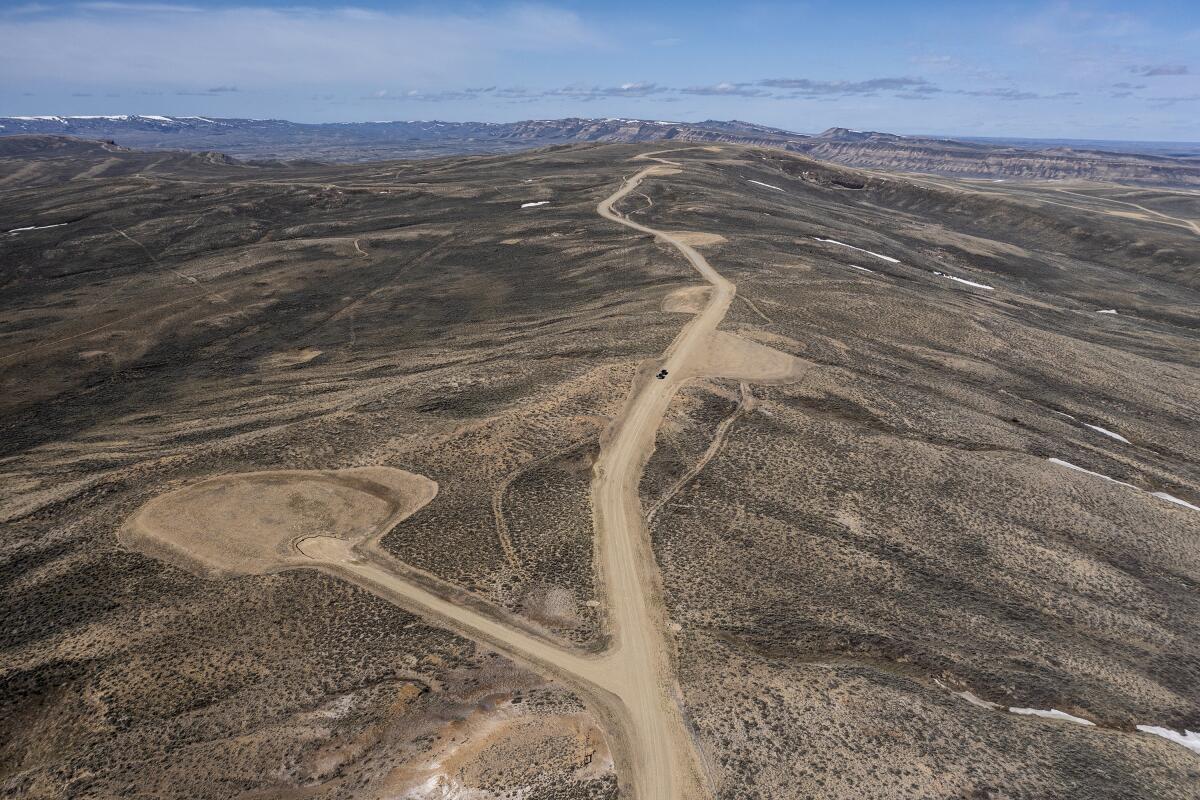
Wu is an environmental studies professor at UC Santa Barbara, and she was part of my panel in Boise. She’s a proponent of landscape-level planning, having previously led a Nature Conservancy study with the optimistic conclusion that the Western U.S. can generate enough clean power to tackle climate change even if some of the region’s most ecologically valuable landscapes are placed off-limits to solar and wind farms — without causing electricity costs to spiral out of control.
I wrote about that study when it was published — and later about Eddy’s response. From a solar industry perspective, Eddy told me again in Boise, the study left out several important factors that help determine whether an area is actually suitable for energy development — a problem that has plagued landscape-level planning in California and elsewhere, Eddy said.
“It oversimplifies things,” she said. “There are often conflicts that can’t be seen at the desktop level that we miss.”
Listening to Eddy and Wu hash out their differences during my panel — you can watch the full video here — I was pleasantly surprised to realize they had a lot of room for common ground. Wu said she agreed that landscape-level planning isn’t sufficient on its own, while arguing it can be especially helpful for figuring out where to build new electric lines. And Eddy agreed that landscape-level planning can be a “nice guide” for developers, even if it’s “not something we can totally hang our hat on.”
The big challenge, as always in the climate change era, is time. What if we slow down renewable energy development for a few years while government agencies decide where projects should go, only for their decisions to be challenged by unsatisfied environmental activists, small-town residents or Native American tribes looking to protect their sacred sites? What if the areas selected by government officials for development are ultimately deemed infeasible by solar and wind developers?
And worst of all: What if we get to 2035, or 2045, and we’re still burning large quantities of coal, oil and natural gas?
Another member of my panel offered at least a partial solution.
Shannon Wheeler, then-vice chairman of the Nez Perce Tribe (and now chairman), discussed the need to use energy as efficiently as possible — and to generate as much energy locally as possible. The more we conserve — and the more electricity we produce from rooftop solar panels and other small-scale installations — the fewer large-scale clean energy projects we’ll need.
Wheeler also brought up one of the most complicated parts of the energy transition: hydropower. Dams are a major source of climate-friendly energy, but they’ve also decimated fish that have sustained Indigenous peoples since time immemorial.
“It’s carbon free, but it’s not environmental free,” Wheeler said. “It burns fish.”
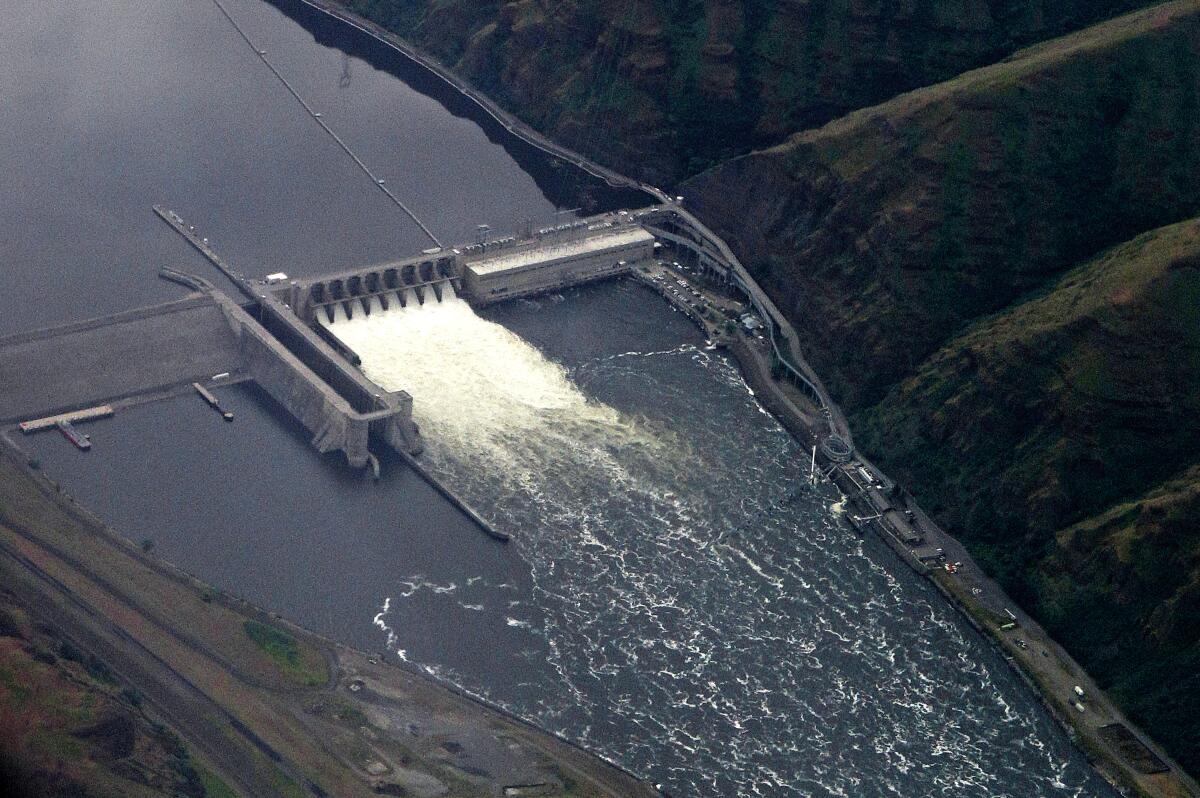
The Nez Perce and other Pacific Northwest tribes have fought for years to tear down federal dams on the Lower Snake River, a tributary of the Columbia. Similar battles are taking place across the West. It’s easy to see the righteousness of the cause — and difficult to imagine how much more renewable energy would need to be built if Western dams were removed en masse.
But let’s say we’re able to reach some hard-fought agreements — which dams ought to come down, which places should be protected from solar and wind projects, how much to invest in rooftop solar and energy efficiency. Those would be big achievements — and they still wouldn’t address the concerns of rural Americans who don’t want solar farms, wind turbines and electric transmission towers in their backyards, and who are increasingly fighting those projects like hell.
Some of the concerns are more grounded in reality than others — there are plenty of people who believe wind turbines will give them cancer, an outrageous lie spread by former President Trump. But most rural residents, at least in my experience, are more worried about noise, and dust, and industrialization of the beautiful landscapes they love looking at.
As far as Justin Hayes is concerned, anyone who supports clean energy needs to take those fears seriously.
“Anyone who is raising a concern has the potential to really slow a project down,” he said. “So [we can] argue about whether someone’s concern is legitimate or not, or we can figure out ways of addressing it so a project can move forward.”
Hayes leads the Idaho Conservation League, and he rounded out my panel. He told me how hard his group is trying to “get to yes” on clean energy projects — a difficult posture for activists with a long history of saying “no” to harmful development.
Take the controversial Lava Ridge wind farm, which would be the Gem State’s largest renewable energy installation. The Idaho Conservation League has expressed serious reservations but declined to say “no” outright, in hopes of getting to yes.
The key to pushing ahead on clean energy, Hayes said, is for developers “to create projects that actually provide benefits to people who perceive that they’ll be harmed by them,” including conservationists, small-town residents and tribes.
He didn’t spell out what those benefits should look like. But he did emphasize that marginally less harm is not enough.
“Shaping a project so it’s not quite as offensive to people who are concerned about it is not the same as providing a benefit to that community,” Hayes said. “I don’t think we’ve done a very good job of grappling with that at a societal level.”
So here’s my question: If you wouldn’t want to see a solar farm, wind turbine or power line in your backyard — or if you’re not sure how you’d feel — what might it take to change your mind? What would your worries be? And what, if anything, could private companies or government agencies do to make the energy infrastructure a worthwhile trade-off for you?
I’d love it if you could fill out this survey to let me know. I’ll share some of the responses in a future newsletter.
Maybe, together, we can start making up for 20 years of lost time.
ONE MORE THING
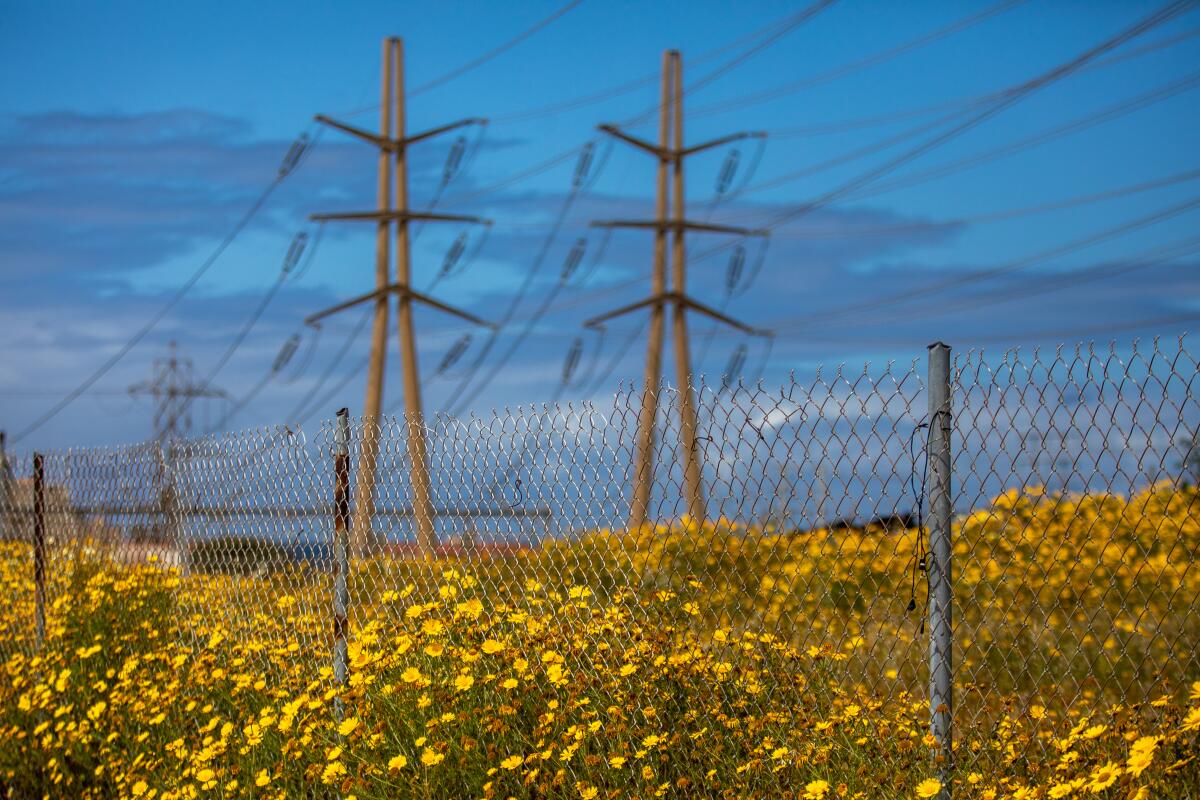
The influential climate and environmental activist Bill McKibben recently penned an essay for Mother Jones, titled “Yes in Our Backyards,” that tackles many of the same themes as my panel. The final paragraph is a good summary of his case:
“There have been many times when we’ve needed to say no; progressive values have demanded it, and those values have been in easy congruence with the part of each of us that’s naturally, and properly, conservative, which is to say suspicious of change. Saying no is relatively simple, and sometimes right. But we live in a moment when our future — and the future of everyone and everything — depends on sometimes learning to offer a resounding yes.”
I’m not endorsing everything McKibben has to say. But his argument is worth considering.
Also worth considering: Another Nature Conservancy study, released this week, looking at the land area needed for renewable energy not just in in the Western U.S. but across the country. The Washington Post’s Harry Stevens wrote about the results. He quoted a Nature Conservancy staffer as saying that while rooftop solar is important, “it will not ever be totally sufficient.”
We’ll be back in your inbox on Tuesday. To view this newsletter in your Web browser, click here. And for more climate and environment news, follow @Sammy_Roth on Twitter.
Toward a more sustainable California
Get Boiling Point, our newsletter exploring climate change, energy and the environment, and become part of the conversation — and the solution.
You may occasionally receive promotional content from the Los Angeles Times.




